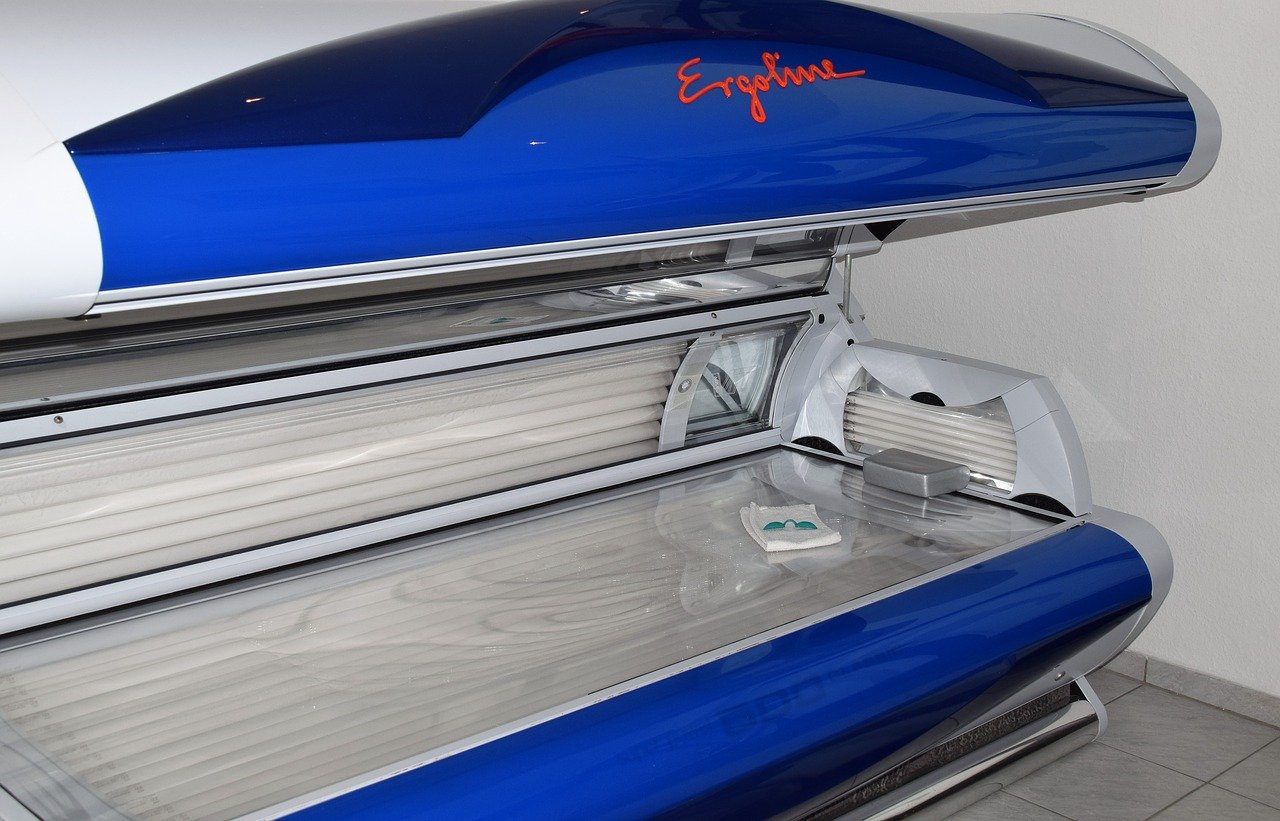In March 2019 researchers from Belgium and Italy published their overview on vitamin D and sunbed use. The researchers stated that vitamin D status appears to be associated with a reduced risk in a vast range of diseases, including cardiovascular, autoimmune and cancer. Since ultraviolet B light is the most important requirement for the cutaneous synthesis of vitamin D, sunbeds are able to increase serum vitamin D levels, although only in the short term. The artificial tanning industry therefore relentlessly tries to promote the use of sunbeds as a ‘safe’ therapeutic measure to achieve an adequate serum vitamin D status. The World Health Organization has classified UV-emitting tanning devices, as well as the whole UV spectrum, as group 1 carcinogens, as they significantly increase the risk of skin cancers. When vitamin D deficiency or insufficiency occurs, the current risk-benefit ratio is therefore in favour of vitamin D supplementation instead of sunbed use. Artificial tanning devices should never be considered as an option to achieve an appropriate vitamin D status. Their supposedly beneficial effects, vastly publicised by the artificial tanning industry, are not worth the carcinogenic risk associated with sunbed use.
Pierret L et al. Overview on vitamin D and sunbed use. J Eur Acad Dermatol Venereol. 2019 Mar;33 Suppl 2:28-33

